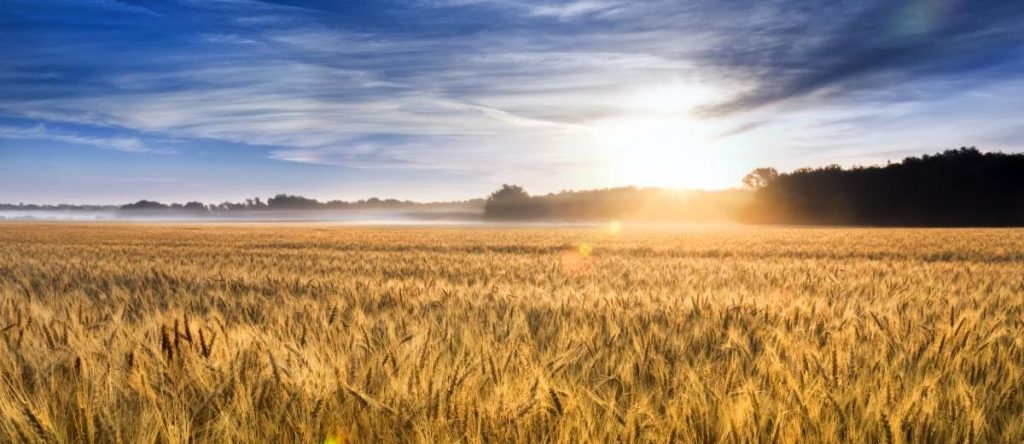If you have never heard the term “thirstwave”, you are not alone. I saw it for the first time this week in an article in Nautilus. According to the article, “two hydrologists, Meetpal Kukal and Mike Hobbins, from the University of Idaho and University of Colorado respectively, recently coined the term, which is meant to provide a more useful gauge of how extreme changes in climate impact agriculture.” The authors say that unlike a heat wave, which is driven by unusually high temperatures, a thirstwave is driven by high evaporative demand on crops, which is determined by not just temperature but also wind speed, sun exposure, and relative humidity. They look at how often thirstwaves occur and the upward trend in their occurrence over time. I personally am not sure the term will ever catch on, but it is an interesting way to characterize the flash droughts that often occur during the growing season. If used in a forecast mode, they might be able to alert farmers to worsening conditions more quickly than a standard drought map.
